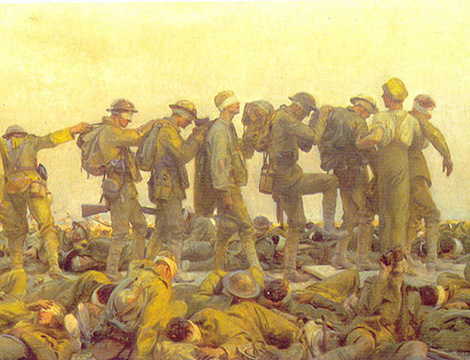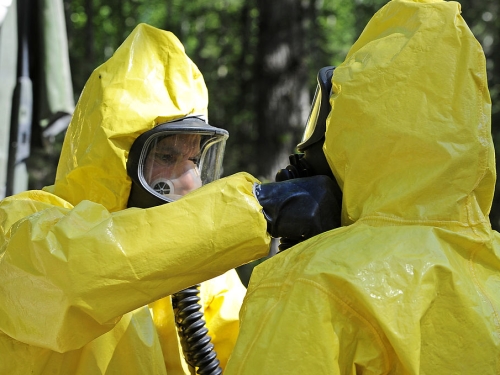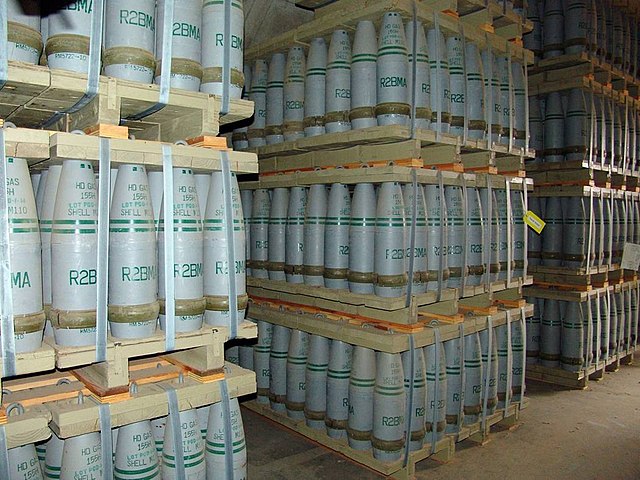
This article was originally published by the Stimson Center on 28 June 2016.
Investigating the use of chemical weapons
The first inquiry into the use of chemical weapons (CW) in Syria was the United Nations Secretary-General’s Mechanism (SGM) for Investigation of Alleged use of Chemical and Biological Weapons. Adopted by the UN General Assembly in 1987, and endorsed by the Security Council (Resolution 620) a year later, the SGM enables the Secretary-General to carry out investigations in response to any UN Member State reporting possible violations of the 1925 Protocol or other relevant rules of customary international law.
The SGM was trigged in March 2013 after Syria (a State Party to the Geneva Protocol) reported allegations of CW use in the Khan al-Asal area of the Aleppo Governorate, for which Syria’s government and opposition blamed each other. A team from the Organisation for the Prohibition of Chemical Weapons (OPCW) and the World Health Organization (WHO) was assembled and remained on standby in Cyprus until the terms of reference between the UN and Syria were agreed on. The holdup was a difference of opinion on the scope of the investigation: the UN argued that all credible claims of CW use reported by other Member States should also be investigated while Syria argued that only the March 19 Khan al-Asal attacks should be examined. In the end, the SGM team was dispatched to Syria in August 2013 to investigate Khal al-Asal and two other incidents at Sheik Maqsood and Saraqueb.[1] Three days after their arrival, allegations of CW use in the Ghouta area of Damascus led the team to prioritise the most recent allegations.


